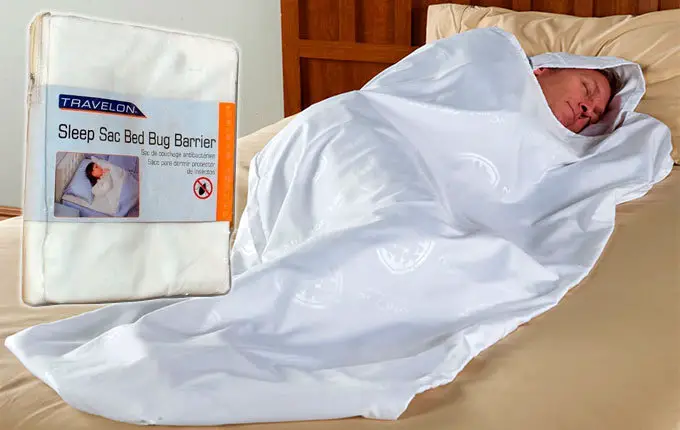

The skin itself is a tightly knit network of cells, with each layer contributing to its strength. Physical protection: Given that the integumentary is the covering of the human body, its most apparent function is physical protection. This layer adds a protective layer, prevents fluid loss, and also plays an antimicrobial role. It secretes an oily substance called sebum, a mixture of lipids that forms a thin film on the skin. Sebaceous glands are part of the pilosebaceous unit, including the hair, hair follicle, and arrector pili muscle. These glands are responsible for odor as bacteria break down the secreted organic substances. Apocrine glands are present in the axilla and pubic area and produce milky protein-rich sweat. Eccrine glands are distributed throughout the body and primarily produce serous fluid to regulate body temperature. Sudoriferous glands, also known as sweat glands, are further divided into eccrine and apocrine glands. Nails function to protect the fingers and toes while increasing the precision of movements and enhancing sensation.Īssociated Glands: There are four types of exocrine glands within human skin-sudoriferous, sebaceous, ceruminous, and mammary glands. The visible portion of the nail is the nail plate covering the nail bed, where it adheres to the finger. The nail growth begins at the nail matrix that creates new cells and pushes old cells out distally. Nails: Nails form as layers of keratin and appear at the dorsal tips of the fingers and toes. Arrector pili muscles located in the dermis attach to hair follicles, helping the shaft to stand and trap air close to the epidermis for temperature control. Hair serves as mechanical protection for the skin, increases sensory function, and aids in regulating body temperature. Hair covers the majority of the body with the few exceptions of the palms, soles, lips, and portions of external genitalia. Hair growth has multiple phases called anagen (growth phase), catagen (nonproliferative phase), and telogen (resting phase) that cycles depending on hormones and nutrients.

Hair generally categorizes into hormone-dependent, thicker terminal hairs in regions such as the axilla, pubic areas, scalp, chest, etc., and androgen-independent vellus hairs that cover the rest of the areas. The hair follicle has an intricate structure that contains the hair bulb that actively divides to extend the hair shaft vertically. Its structure divides into the externally visible hair shaft and the hair follicle within the skin. Hair: Hair is derived from the epidermis but grows its roots deep into the dermis. This layer provides additional cushion and insulation through its fat storage function and connects the skin to underlying structures such as muscle. It is commonly referred to as subcutaneous tissue and is composed of loose areolar tissue and adipose tissue. Hypodermis: The hypodermis lies between the dermis and underlying organs. The dermis as a whole contains blood and lymph vessels, nerves, sweat glands, hair follicles, and various other structures embedded within the connective tissue. The reticular layer has dense connective tissue that forms a strong network. The papillary layer forms finger-like projections into the epidermis, known as dermal papillae, and consists of highly vascularized, loose connective tissue. It further subdivides into two layers-the superficial papillary dermis and the deep reticular layer. The dermis is the underlying connective tissue framework that supports the epidermis. The epidermis itself is devoid of blood supply and derives its nutrition from the underlying dermis. The epidermis regenerates from stem cells located in the basal layer that grow up towards the corneum.

In the palms and soles, where the skin is thicker, there is an additional layer of skin between the stratum corneum and stratum granulosum called the stratum lucidum.

From superficial to deep, the primary layers are the stratum corneum, stratum granulosum, stratum spinosum, and stratum basale. It is composed of stratified squamous epithelial cells that further break down into four to five layers. The epidermis is the tough outer layer that acts as the first line of defense against the external environment. Skin: The skin is made up of two layers-the superficial epidermis and the deeper dermis.


 0 kommentar(er)
0 kommentar(er)
